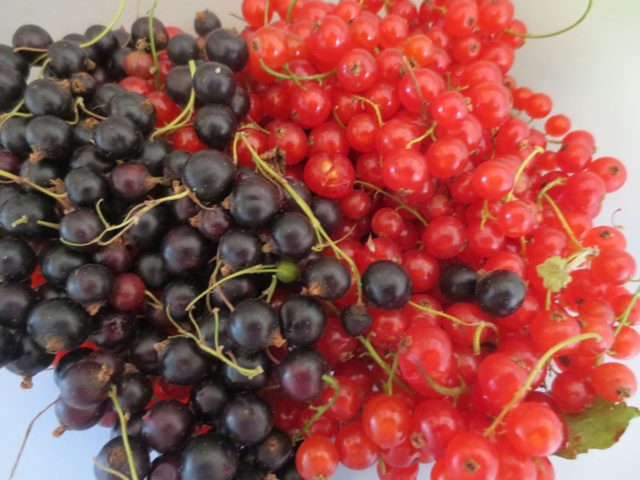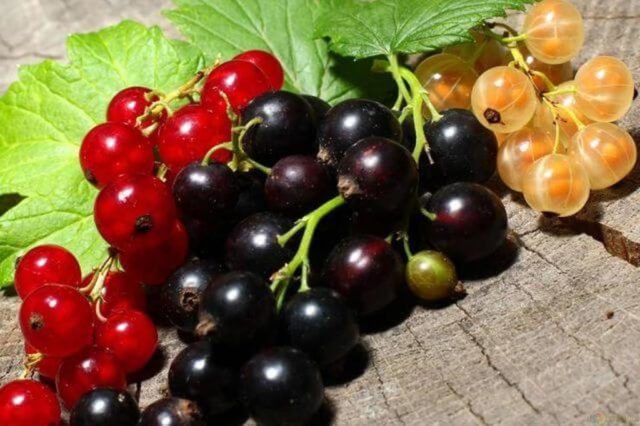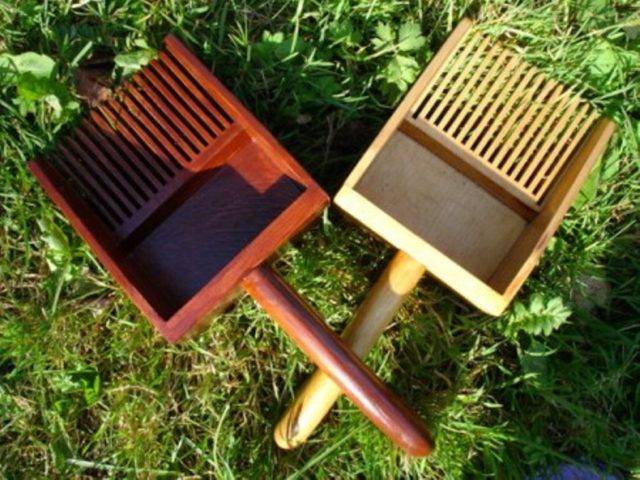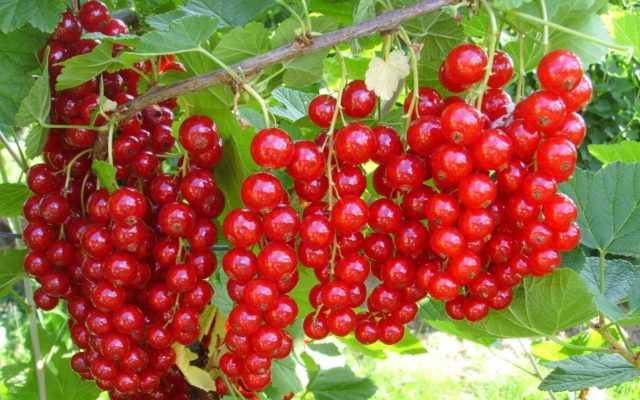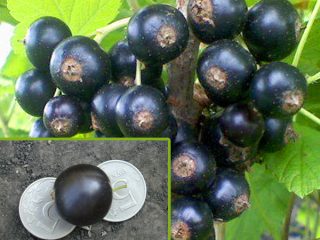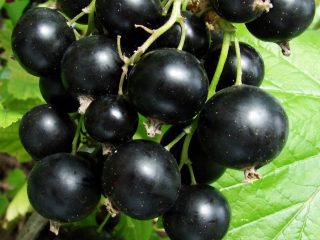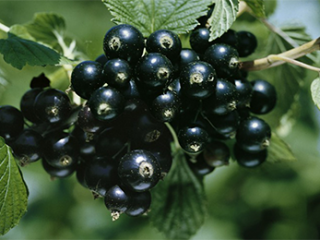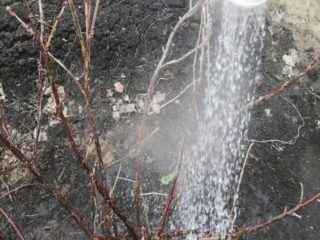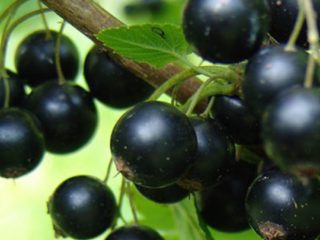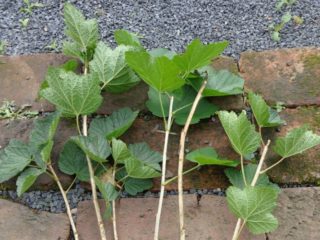Content
Currants are one of the favorite berry crops among Russian gardeners. Red, white and black varieties are grown in garden plots. If you follow agrotechnical rules, you can grow a generous harvest of tasty, healthy berries. But it’s not enough to grow a healthy bush; you need to know how to harvest red currants.
When to pick currants
Harvesting time depends on the variety and place of growth. In the southern regions, ripening occurs in mid-summer; in areas with an unstable climate, harvesting begins at the end of summer and ends at the beginning of autumn.
Black and red currants must be harvested at full ripeness. Since an unripe berry crop will not have beneficial properties, it cannot be frozen, dried or canned for the winter. Eating unripe specimens may cause indigestion and intestinal upset.
Determination of ripeness:
- Depending on the variety, the peel turns purple or bright red.
- The fruits are quickly separated from the stalk.
- The branch changes color from green to brown.
- The taste of mature specimens is sweet and sour, the aroma is rich.
- When overripe, the crop begins to fall off the bush.
Also, when harvesting, you must remember that old red currant bushes ripen a week later than young ones. The period directly depends on the climate, so cleaning is carried out at different times:
Place of growth | Black variety | Red varieties |
Siberia | Due to unfavorable climatic conditions, the crop ripens 45 days after the start of flowering. As a rule, this happens in early August. | In regions with an unstable climate, the berries acquire a rich red color in the first half of August. |
central region | In the Central region, harvesting takes place in the second half of July. If the summer is rainy and cold, the deadline is shifted to the end of July or the beginning of August. And if the weather is hot, the first ripe berries can be seen in early July | The Central region has a very unstable climate; summers can be cold or warm. In comfortable conditions, the red currant bush ripens in mid-July. Early varieties ripen at the end of June. |
South | In the south, the currant bush begins to bear fruit early. The collection takes place in mid or late June. It all depends on the variety and compliance with agrotechnical rules. | In the southern regions, where summer comes very early, red varieties begin to be picked from the bush in early June and end in mid-July. |
Also, the ripening time depends on the varietal characteristics:
- early black and red varieties acquire technical ripeness in mid-June;
- mid-season - at the end of June, beginning of July;
- late - in early or mid-August.
Methods for collecting currants
Removing red and black currants from the bush is done manually and mechanized. A currant harvester is used when growing on an industrial scale or if there are a large number of bushes growing on the site.
Devices for collecting currants from a bush
Harvesting black and red varieties is labor-intensive and time-consuming work, so gardeners resort to various devices to make the work easier.
The berry picker is the best assistant when harvesting. The currant harvester is durable, lightweight and very convenient. When working, it does not tear off leaves or crush berries. With certain skill, the time is reduced by 3-4 times.
To quickly collect red currants, you can use a comb harvester. He carefully removes the crop from the brush without damaging the bush or tearing off the leaves.
Rules for harvesting currants
The shelf life depends on compliance with the recommendations. Collection rules:
- You cannot be late with the deadline, as overripe specimens crumble, crack and become soft.
- Cleaning is carried out in the morning or evening, in dry, not hot weather. If harvesting is carried out in rainy weather, the harvest will not be stored. When harvested in hot weather, fruits lose taste, aroma and vitamins.
- Before harvesting the red and black crops, it is necessary to prepare the container. It should be shallow, dry and clean. A tray or small box is suitable for this. The harvest is placed in a container in a thin layer so as not to crush the bottom layer. It is not recommended to pour red currants often, as they have a thin skin and can crack and wrinkle.
- Black fruits are collected individually with the stalk. Red ones - taken from the bush directly with a twig. Since black ripens unevenly, the harvest is spread out in 2-3 doses.
- If unripe specimens are caught during the collection process, they can reach technical ripeness in the refrigerator in a few days. But the beneficial and taste qualities will differ significantly from the ripe ones.
- After harvesting, the harvest is sorted, red currant berries are removed from the branch, plant debris and spoiled specimens are removed. Next, spread in one layer on a paper towel to remove moisture.
Storing berries
Fresh red and black fruits can be stored in the refrigerator for 1-2 weeks, without losing their taste and beneficial properties. When storing fresh, red currants are not washed, dried thoroughly, and the berries are removed from the branch. Fresh shelf life is increased if you place the freshly harvested crop in an airtight container or glass jar.
You can also freeze red currants in plastic bags. The shelf life will be 360 days. Before putting it in the freezer, it is sorted, thoroughly washed and dried.
Preserving for the winter is a sure way to preserve taste and nutrients. To preserve all the vitamins, you can make raw jam. To do this, the red berries are ground and sugar is added in a 1:1 ratio. After the sugar has dissolved, the jam is transferred into clean jars and stored.
You can also prepare dried berries. The harvest is sorted, washed and dried. Next, spread in a thin layer on a baking sheet and put in the oven for 2-3 hours at 200-230 °C. During the drying process, for better air circulation, the door should be slightly open.The degree of readiness is checked by the berry; a properly dried product does not release juice.
Conclusion
Harvesting red currants is a long and labor-intensive process. But if you follow the terms and rules for picking, the berry will enrich the body with essential vitamins, which are so lacking in the winter. Red currants can be frozen, dried, or made into fortified compote and jam, which will appeal not only to children, but also to adults.
